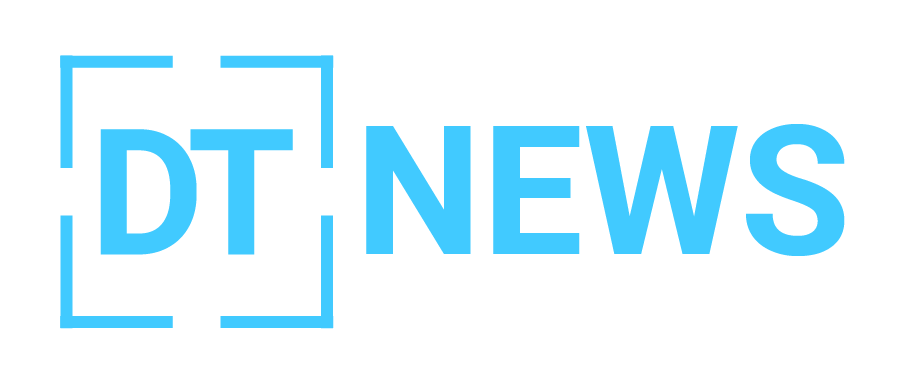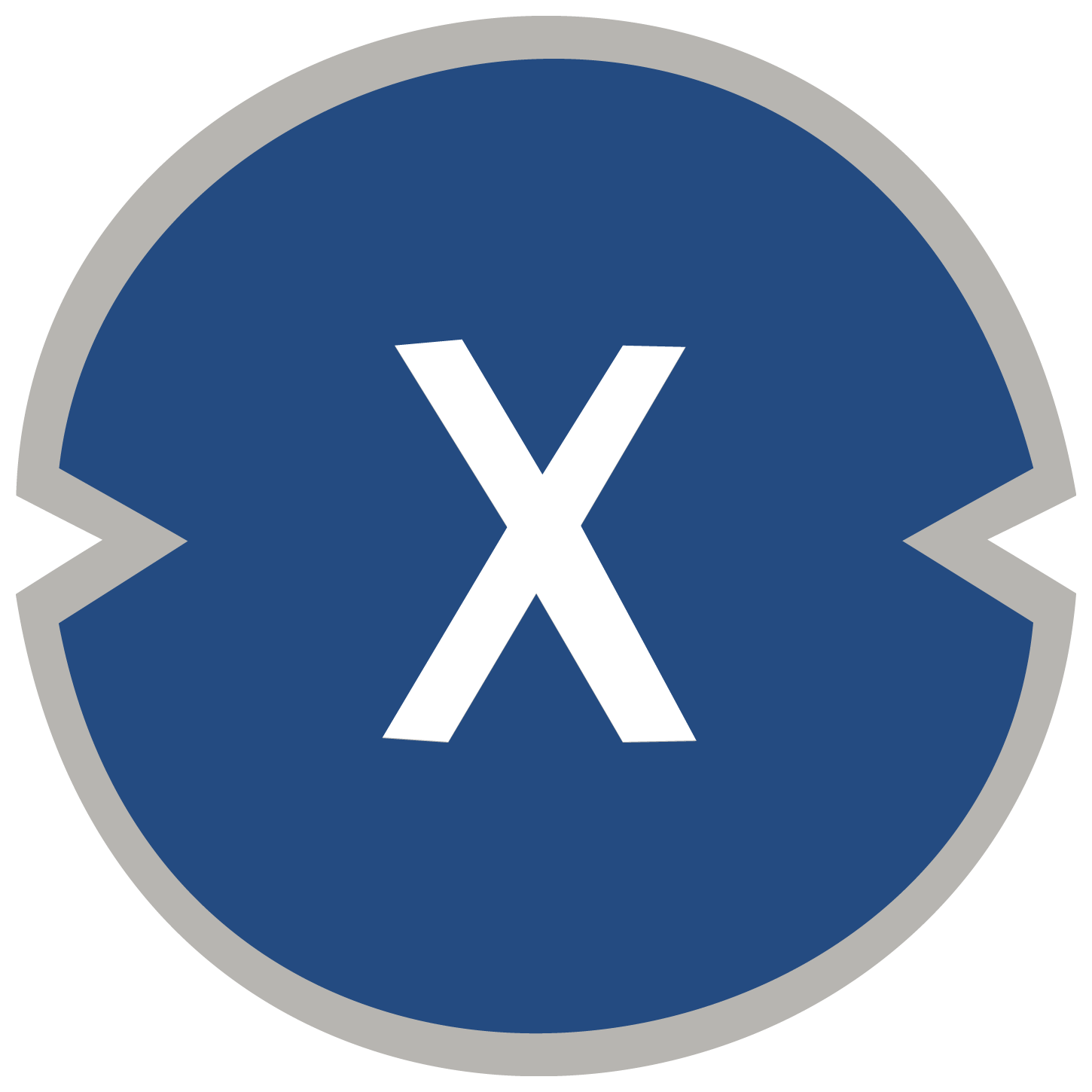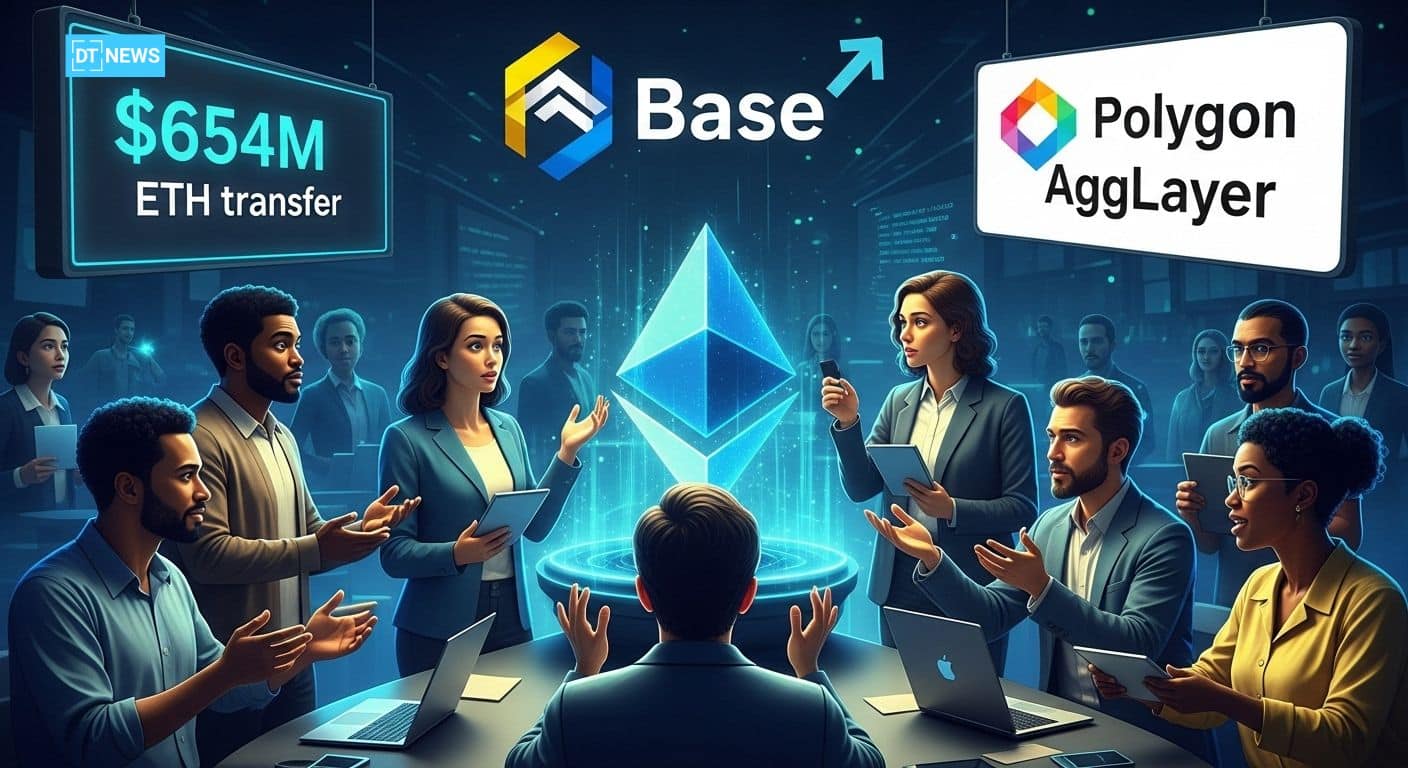Updated on 23 October, 2025
This Article Was First Published on Deythere.
A storm is brewing across Ethereum’s scaling layer, and it’s all getting a little too real. A $654 million ETH transfer by the Ethereum Foundation, a public resignation from a core developer, and delays in Polygon’s scaling rollout have all helped to fan the flames of an Ethereum L2 debate.
At the heart of it all is a question of loyalty: which Layer-2 models are going to come out on top, and how should Ethereum’s governance treat external L2s like Polygon?
Vitalik Buterin’s recent praise of Base and the friction it caused with Polygon’s leadership has made implicit biases explicit.
The $654M ETH Move and Governance Fallout
Just recently, the Ethereum Foundation made a puzzling transfer of 160,000 ETH; worth about $654m; to a wallet used previously for sales, prompting intense scrutiny. The move was first flagged by on-chain firm Arkham.
Hsiao-Wei Wang, co-Executive Director, later described the transaction as a “planned wallet migration, not a sale” but the optics triggered questions over transparency and institutional incentives.
To make matters worse, core developer Péter Szilágyi suddenly announced his resignation in a public letter, accusing the foundation leadership of undervaluing and marginalizing experienced contributors.
This internal upheaval may have just complicated the whole Ethereum L2 debate even further. It is a perfect illustration of how financial flows, technical authority and community perception can all start to tie into governance outcomes.
Layer-2 Profit, Alignment and Sequencer Economics
L2BEAT data shows Base and Arbitrum have the largest share of value locked on Ethereum’s rollups.
Dune dashboards reveal the same L2s generate the most net sequencer earnings (after subtracting layer-1 data costs) and Base is a top profit generator through mid-2025.
Vitalik’s September public praise of Base, calling it “doing things the right way”, was seen as a clear signal about preferred L2 models.
In the Ethereum L2 debate, such endorsements matter. They determine which rollups get developer attention, liquidity and alignment with Ethereum’s canonical settlement model.
Polygon’s AggLayer by contrast, continues pushing for chain-agnostic routing and composability; an alternative to strict alignment with Ethereum’s rollup orthodoxy.
Polygon, AggLayer Delays and Governance Friction
Polygon’s roadmap has also been under pressure. Its promised AggLayer v0.3 upgrade, which was supposed to bridge its PoS chain with its rollup arm, has experienced delays, and questions are brewing about its execution competence.
Meanwhile, its existing zkEVM layer is much smaller (both in TVL and activity) compared to Polygon PoS or the leading OP/Arbitrum rollups.
In mid-2025, Sandeep Nailwal became the CEO of Polygon Foundation and articulated a vision where the protocol is more independent from Ethereum core governance.
This direction, combined with internal criticism about uneven foundation support, has turned the Ethereum L2 debate into a question of identity: is Polygon an aligned rollup or a peer layer with autonomy?
Looking at the broader ecosystem, critics like Polygon founders and developers are frustrated. They say the Ethereum Foundation has not been providing consistent support to non-OP rollups despite their contributions.
Vitalik has publicly praised Polygon and Nailwal, for their ZK investments and humanitarian work. These gestures point to a delicate balance to steer the Ethereum L2 debate towards canonical alignment without alienating builders.
Three Scenarios in L2 Value Capture and Ecosystem Structure
The next 6 to 12 months will play out around three possible structural scenarios for value capture in the Ethereum scaling stack.
In a soft-alignment scenario, Base and Arbitrum take 60-70 % of L2 profits, and Ethereum mainnet takes 25-40 % of gross L2 fees. Polygon’s AggLayer is a cross-chain liquidity layer, taking on interoperable routing rather than settlement dominance.
In a fragmentation outcome, up to 20-25 % probability, Ethereum mainnet’s fee share shrinks as activity moves to alternative data availability (DA) layers and validiums. Liquidity gets siloed across networks like AggLayer, OP Superchain, and app-specific ZK rollups.
Finally, reconvergence happens again around Ethereum, with 35-50 % of L2 gross fees flowing to mainnet. Base, Arbitrum and aligned rollups dominate, and composability standards unify routing paths.
These scenarios frame where the Ethereum L2 debate will land, be it centralization of value and alignment or modular fragmentation.
Developers, Tokens and Users
How the Ethereum L2 debate resolves will reshape incentives for developers, token holders and users. If aligned models win, capital and talent will cluster around rollups that follow Ethereum canonical paths, potentially concentrating network effect and security.
Sequencer profits and MEV will flow back to Ethereum validators under unified proof standards.
If fragmentation wins, alternative DA layers, cross-chain aggregators or independent rollups will gain leverage, even at the cost of cohesive liquidity.
Projects like POL, ARB and OP will have to compete on tech merit and token alignment narratives.
For users, the debate is about cost, composability and routing complexity. A world where liquidity fragments means more friction and asset bridges; a world of alignment could mean more seamless user experience but potentially less decentralization in rollup governance.
Conclusion
The Ethereum L2 debate has evolved into a palpable power contest. The Foundation’s $654 million ETH transfer, combined with internal resignations, public praise, and Polygon’s delays, has opened up cracks on loyalty, value capture, and ecosystem design.
As Base and Arbitrum strengthen their positions, Polygon’s path is to see if AggLayer can carve out a separate but viable space.
Over the next 12 months, the architectural and governance decisions will decide if Ethereum’s scaling future converges towards canonical alignment or fragments into modular sovereignty.
Glossary
AggLayer: A protocol from Polygon enabling shared liquidity and cross-chain routing; among Polygon chains and rollups.
Rollup orthodoxy: The alignment model whereby Layer-2 chains rely on Ethereum for security; data availability and canonical settlement.
Sequencer profit: Earnings made by block sequencers on L2s after costs; often used as a key metric of protocol viability.
Data availability (DA): The mechanism by which transaction data is made available for proofs and validation; alternatives include Ethereum mainnet DA, zk proofs or off-chain DA layers.
Fragmentation: The scenario where liquidity; users and computations split across multiple networks rather than converge on canonical paths.
Frequently Asked Questions About Ethereum L2 Debate
Why did the $654 million ETH transfer cause controversy?
The Ethereum Foundation called it an internal wallet reorganization but the size of the transfer raised speculation and questions about transparency and foundation priorities.
What did Vitalik’s Base endorsement mean in the L2 debate?
It was seen as an endorsement of rollups that follow canonical settlement and alignment with Ethereum and influenced developer sentiment and capital flow.
Why is Polygon being criticized in this debate?
Critics say the Ethereum Foundation hasn’t given equal support to Polygon despite its scaling contributions. Delays in AggLayer rollout add to concerns about execution and alignment.
What’s at stake for token holders and users?
The resolution of the Ethereum L2 debate will determine where value accrues, whether assets flow across chains easily and which rollups attract developer talent; usability, fees and composability.



















































































































